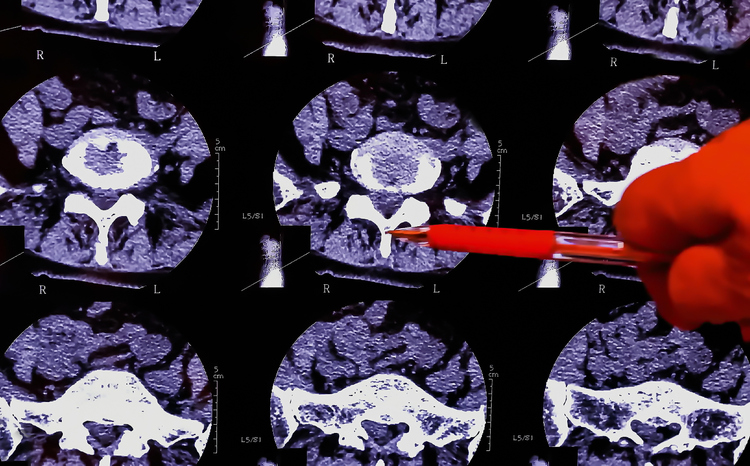Pain
What Is the Rare Diseases Clinical Research Network?

The Rare Diseases Clinical Research Network (RDCRN) is part of the National Institutes of Health’s Office of Rare Diseases Research. The network consists of 22 groups across the United States that conduct research on approximately 200 rare diseases. A rare disease is defined as a health condition that affects fewer than 200,000 people in the United States. The RDCRN also has a Data Management and Coordinating Center (DMCC) that allows for uniform and high-quality data collection and analysis.
The network was formed in 2002 after the passing of the Rare Diseases Act. Since then, it has funded small research groups to conduct clinical trials and other research studies. Each group consists of researchers, clinicians, advocacy groups, and patients. Each research group focuses on at least three related rare diseases or conditions.
Examples of the research groups include the following:
- Brain Vascular Malformation Consortium
- Dystonia Coalition
- Inherited Neuropathy Consortium
- Nephrotic Syndrome Network
- Primary Immune Deficiency Treatment Consortium
More information about rare diseases can be found at the Genetic and Rare Disease Information Center. The latest information on clinical trials can be found at clinicaltrials.gov.


















